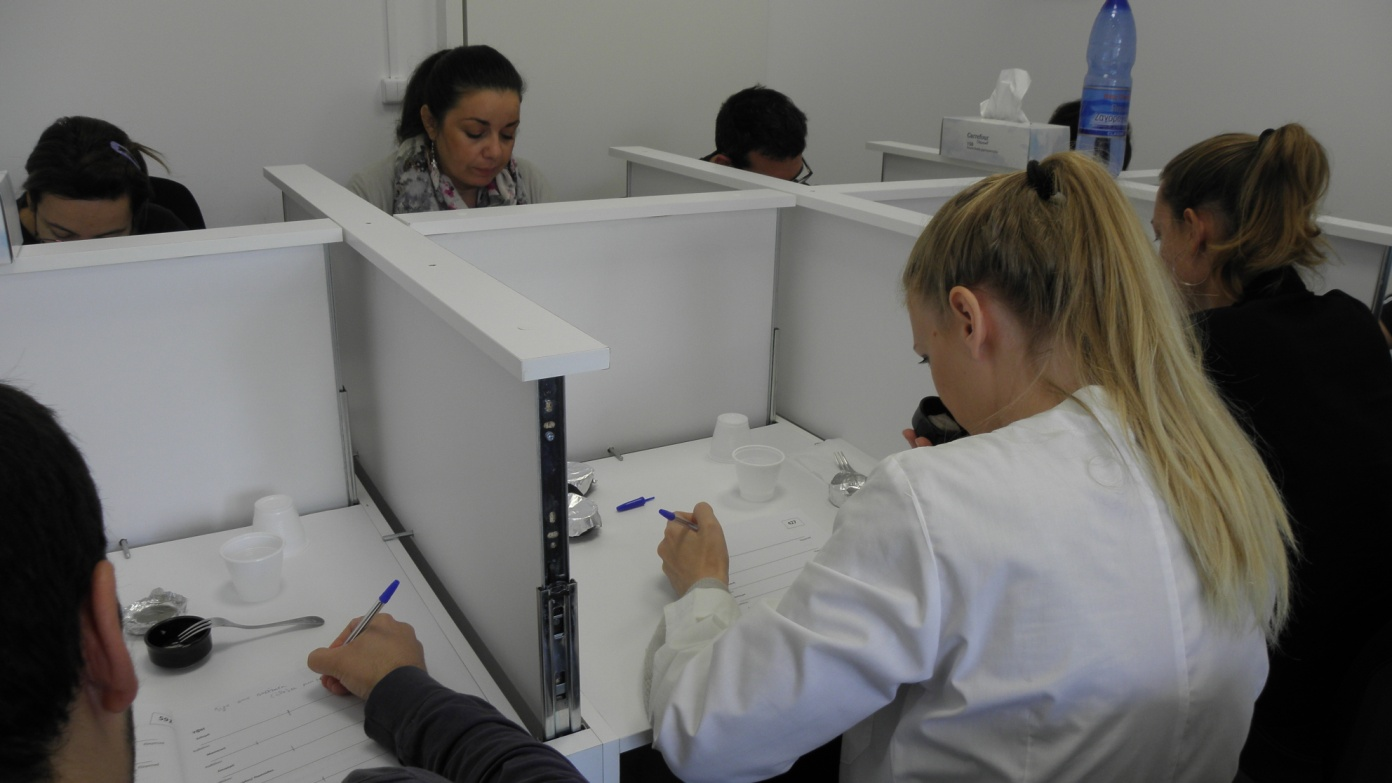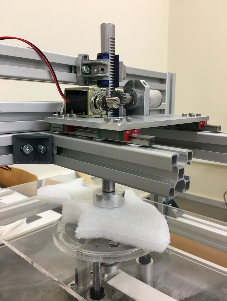Contact person
Name:Kriton Grigorakis
Position: Research Director
Telephone: +30 6946694123, +30 2291076490
Email: kgrigo@hcmr.gr
Name:George Rigos
Position: Research Director
Telephone: +30 6972421367, +30 2291076494
Email:grigos@hcmr.gr


Freshness of fish and seafood
Freshness is the most important quality feature in fresh fish due to its highly perishable nature. Freshness is an attribute that is highly perceivable by the human senses and in this perspective quick reduction of freshness leads to high depreciation of the product. In every-day commercialization, proportions of 10-50% of all seafood products are rejected due to post-slaughter spoilage. The IMBBC is highly specialized in the assessment of all aspects of fish and seafood freshness by applying officially-approved methods.
a) Sensory freshness
- Sensory freshness evaluation of raw and cooked fish and seafood (QIM, EU scheme, TFRU scheme etc.)
b) Physicochemical freshness
- Tissue pH and rigor index
- ATP breakdown products / K value
- Determination of total volatile basic nitrogen (TVB-N)
- Lipid oxidation (Thiobarbituric acid reactive substances – TBA, peroxide value-PV, free fatty acids-FFA)
c) Microbial freshness
- Total Plate bacterial Count (TPC)
- Total Aerobic Plate bacterial Count (APC)
- Spacific spoilage organisms (SSO)
Safety and other quality issues
Quality and safety guidelines or specifications are often applied and may be even mandatory in food materials. In response to increasing concerns about quality and safety of seafood, IMBBC carries out consulting services as well as full analytical examination of several important parameters including:
- Phosphates contents in fish tissues
- Counting of enteric bacteria in seafood tissues
- Zoonotic nematodes
- Proportion of glaze
Nutritional quality of farmed fish
All stakeholders in farmed fish production, processing, commercialization and consumption are particularly interested in the edible proportion of fish and in the health benefits they offer to the consumer.
-
- Total lipid and fatty acid contents of fish fillets and other seafood
- Edible yields of produced fish
Sensory quality of farmed fish
Sensory analysis plays a leading role, nowadays, in product development. Meeting consumer demands is often compliant with consumer sensory perceptions. Within these contexts, IMBBC has the know-how and infrastructure to conduct many varieties of taste panel methods in fish and seafood.
- Analytic similarity / difference tests: defining sensory differences between different groups (paired comparison, duo-tiro, triangle test etc.)
- Evaluation of the magnitude of sensory characteristics (Structure scaling, rating etc.)
- Descriptive analytic methods: give analytic description of the sensory profile characterizing fish / seafood (Quantitative descriptive analysis-QDA, Check-All-That-Apply CATA, Rate-All-That-Apply RATA)
- Consumer preferences
Customers
- International and National aquaculture companies.
| Facilities |
|
|
| Research Directions |
|
|
|
|







